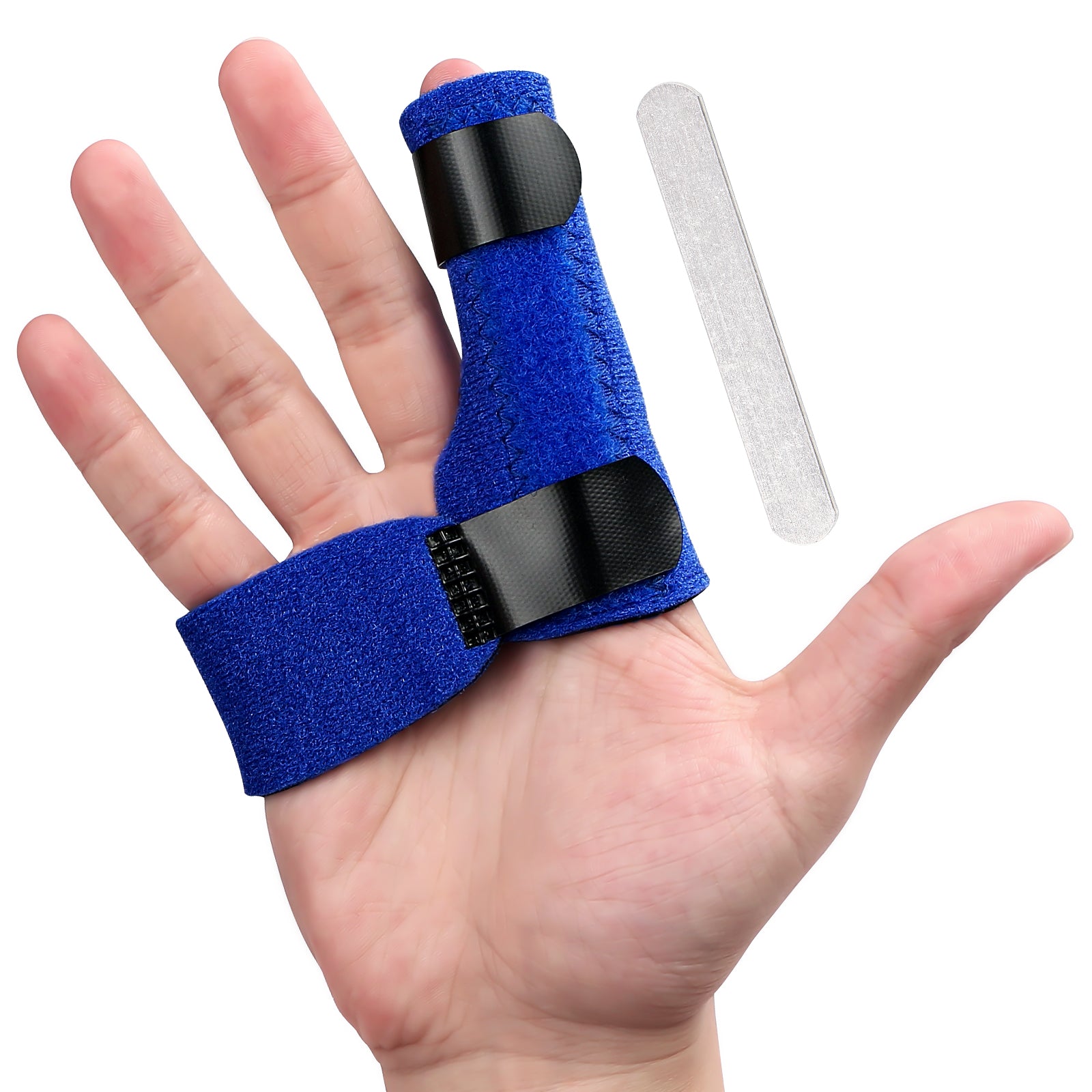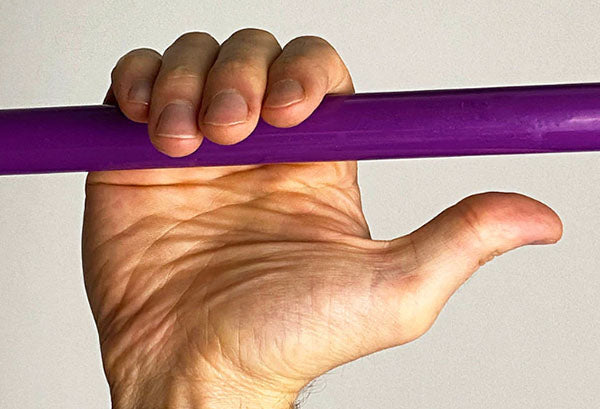In the realm of cardiovascular health, there are a plethora of tests, techniques, and maneuvers designed to assess and diagnose underlying conditions. Among these, the "hand grip maneuver" might seem simple, but it's incredibly significant. Let's delve into what the hand grip maneuver entails and its relevance in clinical scenarios.

What is the hand grip maneuver?
The hand grip maneuver involves the sustained clenching of a person's hand, typically using a handheld dynamometer or a similar resistive device. By doing so, the patient increases the afterload on the heart, or in simpler terms, makes the heart work harder against increased resistance.
Why is it clinically relevant?
The hand grip maneuver's primary utility is in assessing certain cardiac conditions, specifically valvular abnormalities:
Mitral Regurgitation (MR): The maneuver intensifies the murmur associated with MR. It increases the duration and intensity of the regurgitant flow through the mitral valve due to the increased afterload on the left ventricle.
Aortic Stenosis (AS): While MR murmur gets louder with the hand grip maneuver, the murmur due to AS often diminishes. The increased afterload reduces the volume of blood that the left ventricle can eject through the stenotic aortic valve, softening the murmur.
Other Murmurs: Some murmurs may become more pronounced, while others may diminish, aiding the clinician in pinpointing the exact nature and origin of the heart murmur.
How is the Hand Grip Maneuver Performed?
Positioning: The patient is usually in a semi-reclined position, and the environment should be quiet to allow for clear auscultation of heart sounds.
Grip: The patient clenches their hand, or in some cases, a hand held dynamometer.
Auscultation: The clinician listens to the heart sounds, noting any changes in the intensity or character of murmurs.
Safety Considerations
While the hand grip maneuver is generally safe, it's essential to note that it increases the cardiac workload. Thus, it should be used judiciously and avoided in patients with severe cardiac conditions where increased workload might be detrimental.
Beyond Cardiology:
Though its primary application is in cardiology, the hand grip maneuver can also provide insights into vascular health. In certain clinical setups, it might be employed to assess the vascular reactivity and endothelial function of peripheral arteries.
The hand grip maneuver, though seemingly straightforward, is a testament to how simple actions can provide profound insights into our cardiovascular health. When used judiciously in the clinical setting, it becomes an invaluable tool for clinicians to diagnose and differentiate between various heart conditions, exemplifying the adage that sometimes, simplicity is the key to understanding complexity.



















